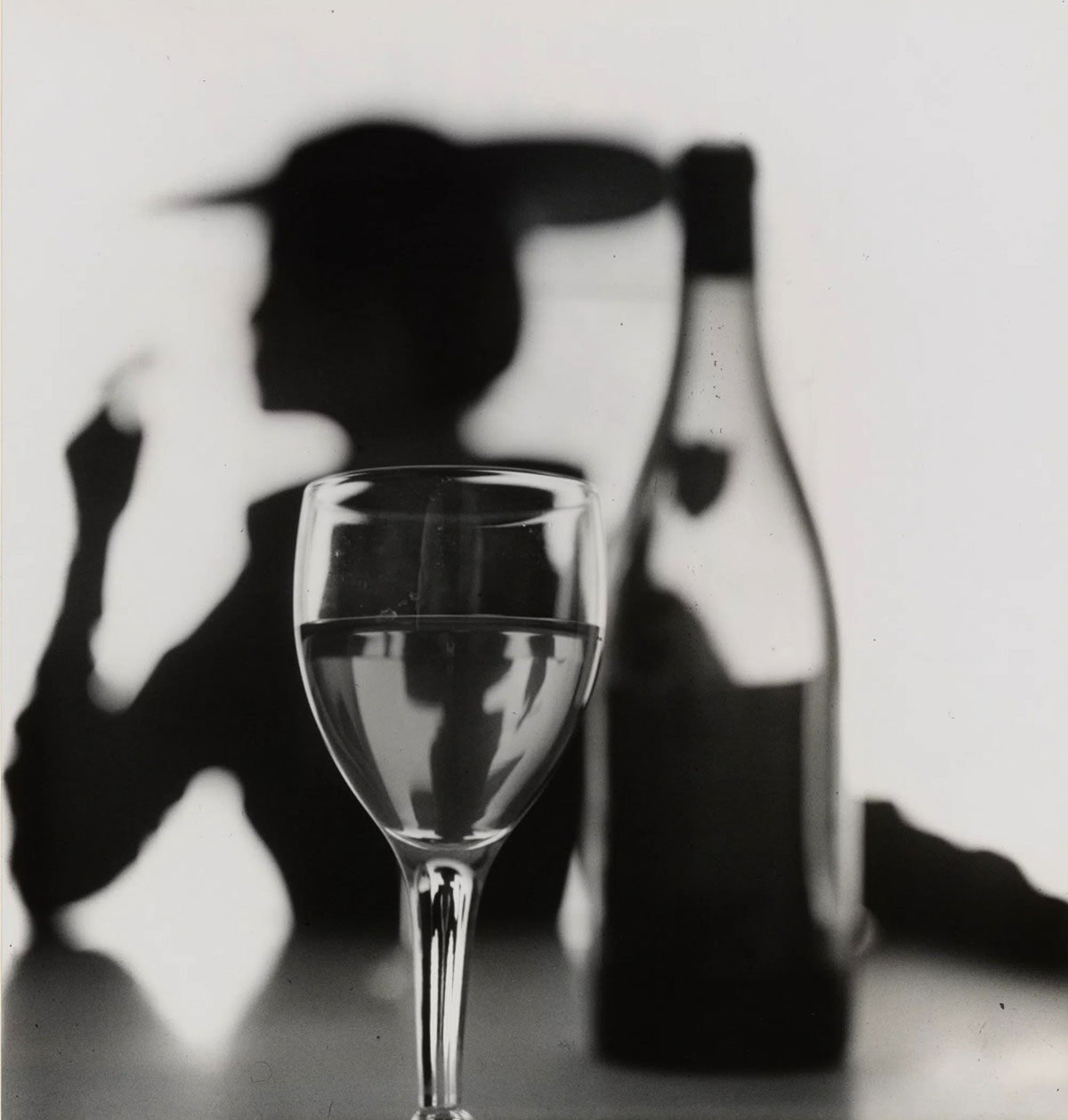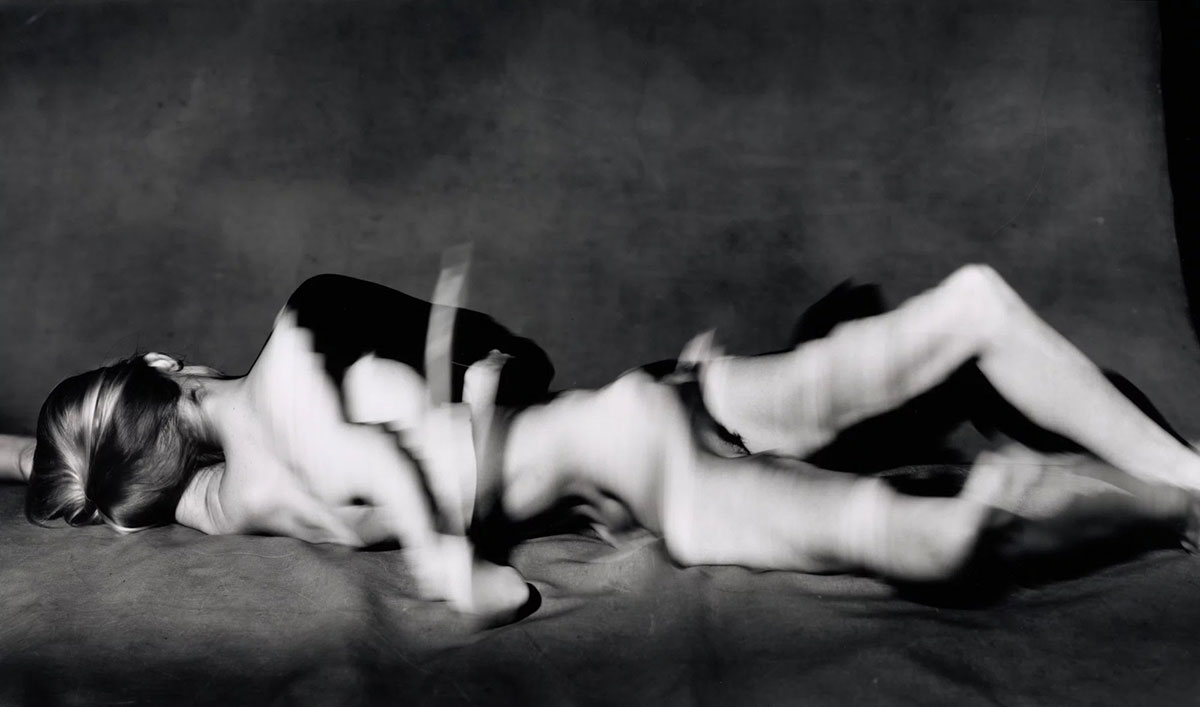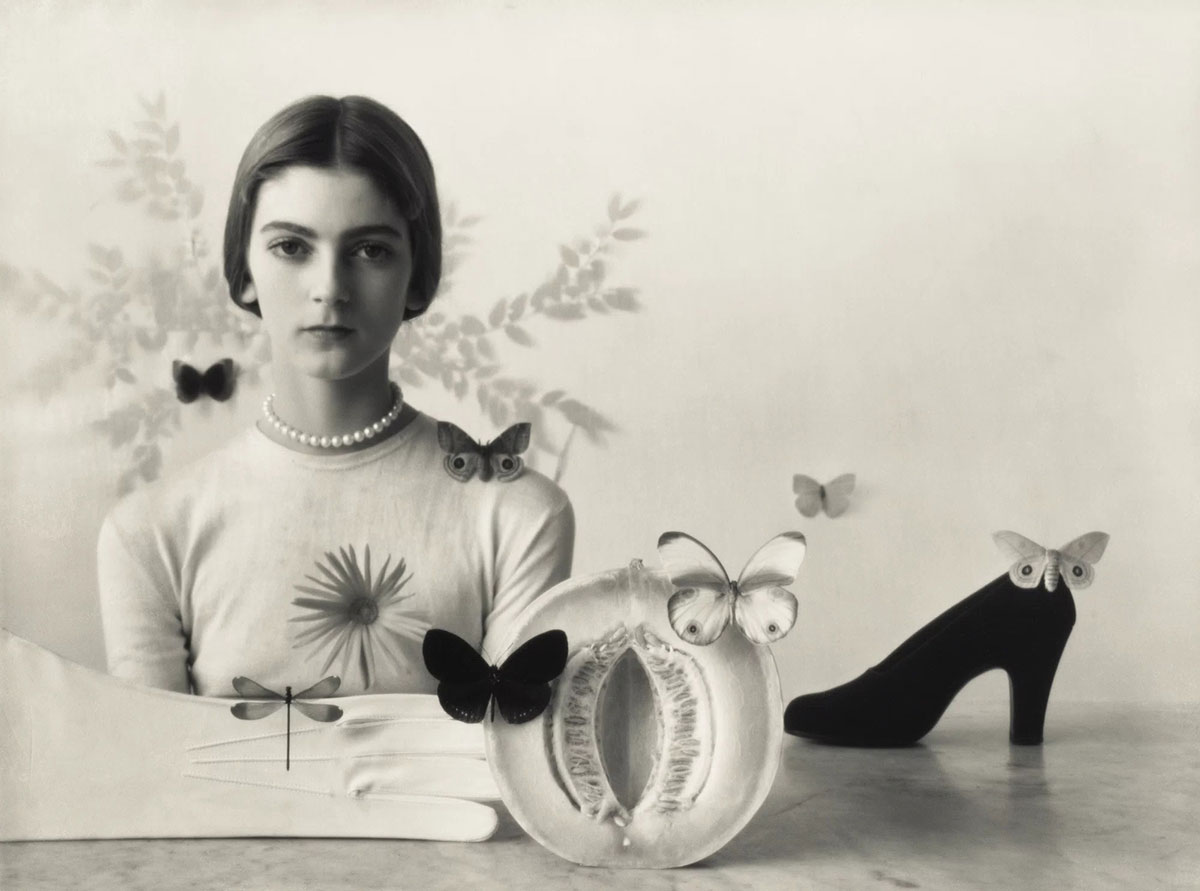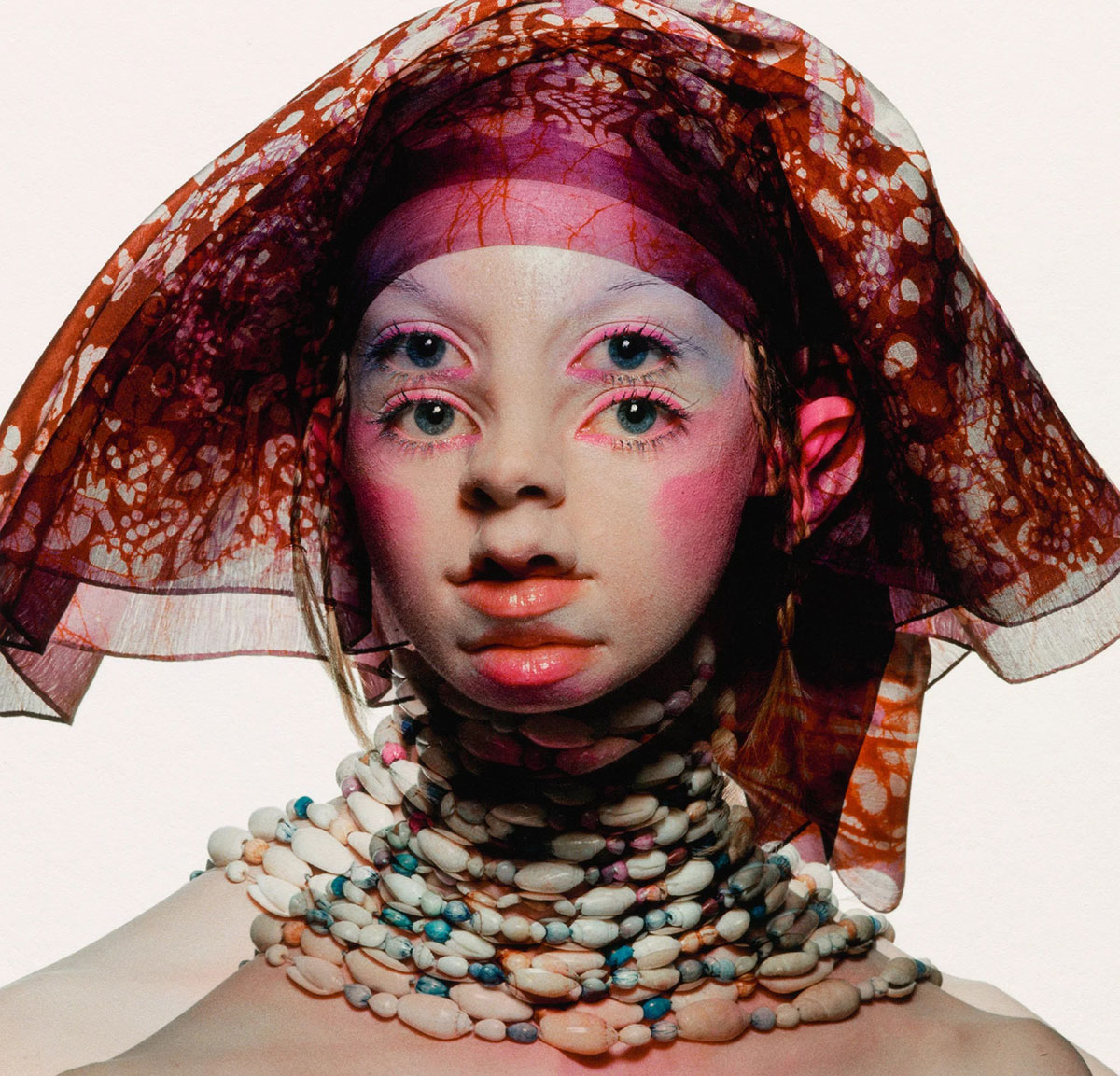PHOTO: Irving Penn-Burning Off the Page
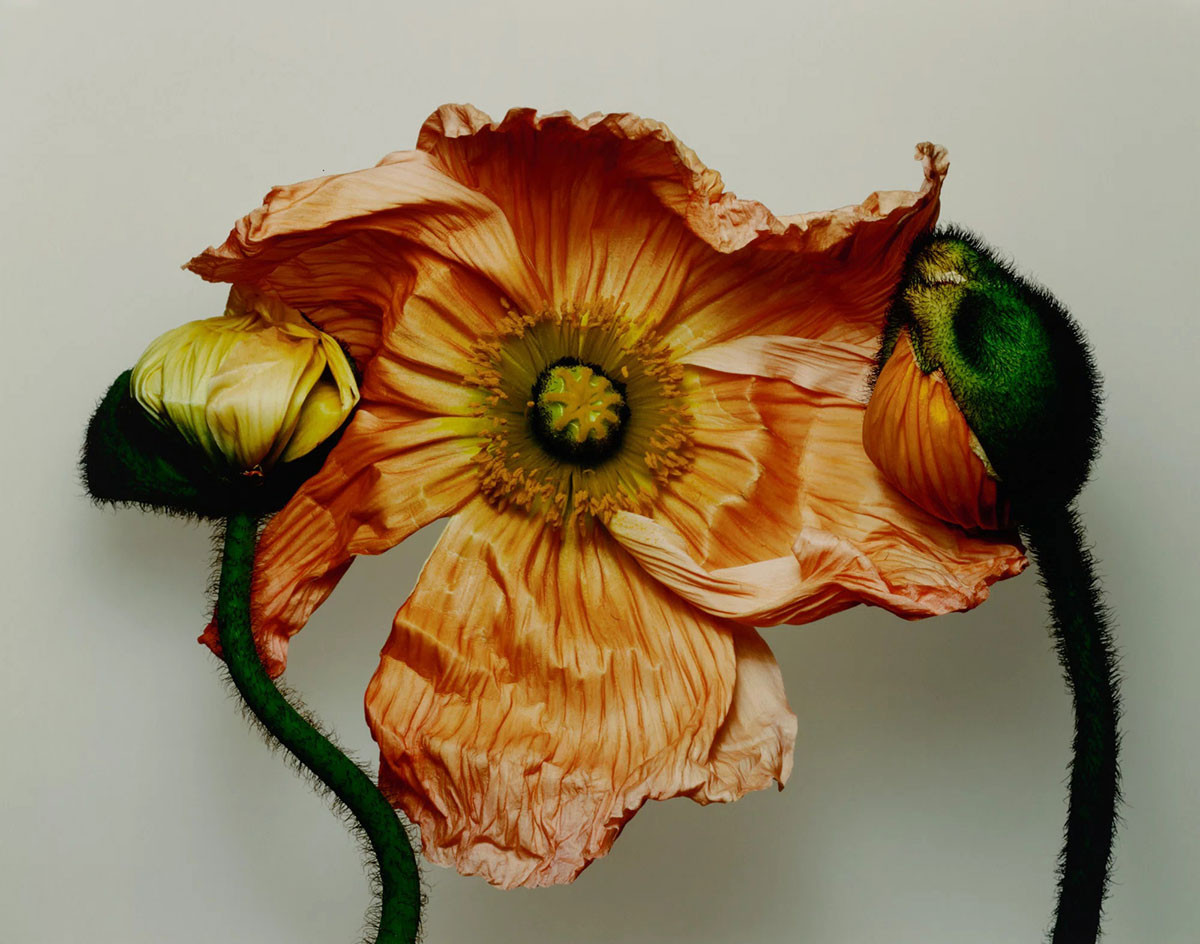 Irving Penn photographed for Vogue and commercial clients in America and abroad for nearly 70 years. Whether an innovative fashion image, striking portrait, or compelling still life, each of Penn’s pictures bears his trademark style of elegant aesthetic simplicity. In addition to his editorial and advertising work, Penn was also a master printmaker. Beginning in 1964, he pioneered a complex technique for making platinum-palladium prints, a 19th century print process to which he applied 20th century materials.
Irving Penn photographed for Vogue and commercial clients in America and abroad for nearly 70 years. Whether an innovative fashion image, striking portrait, or compelling still life, each of Penn’s pictures bears his trademark style of elegant aesthetic simplicity. In addition to his editorial and advertising work, Penn was also a master printmaker. Beginning in 1964, he pioneered a complex technique for making platinum-palladium prints, a 19th century print process to which he applied 20th century materials.
By Dimitris Lempesis
Photo: Pace Gallery Archive
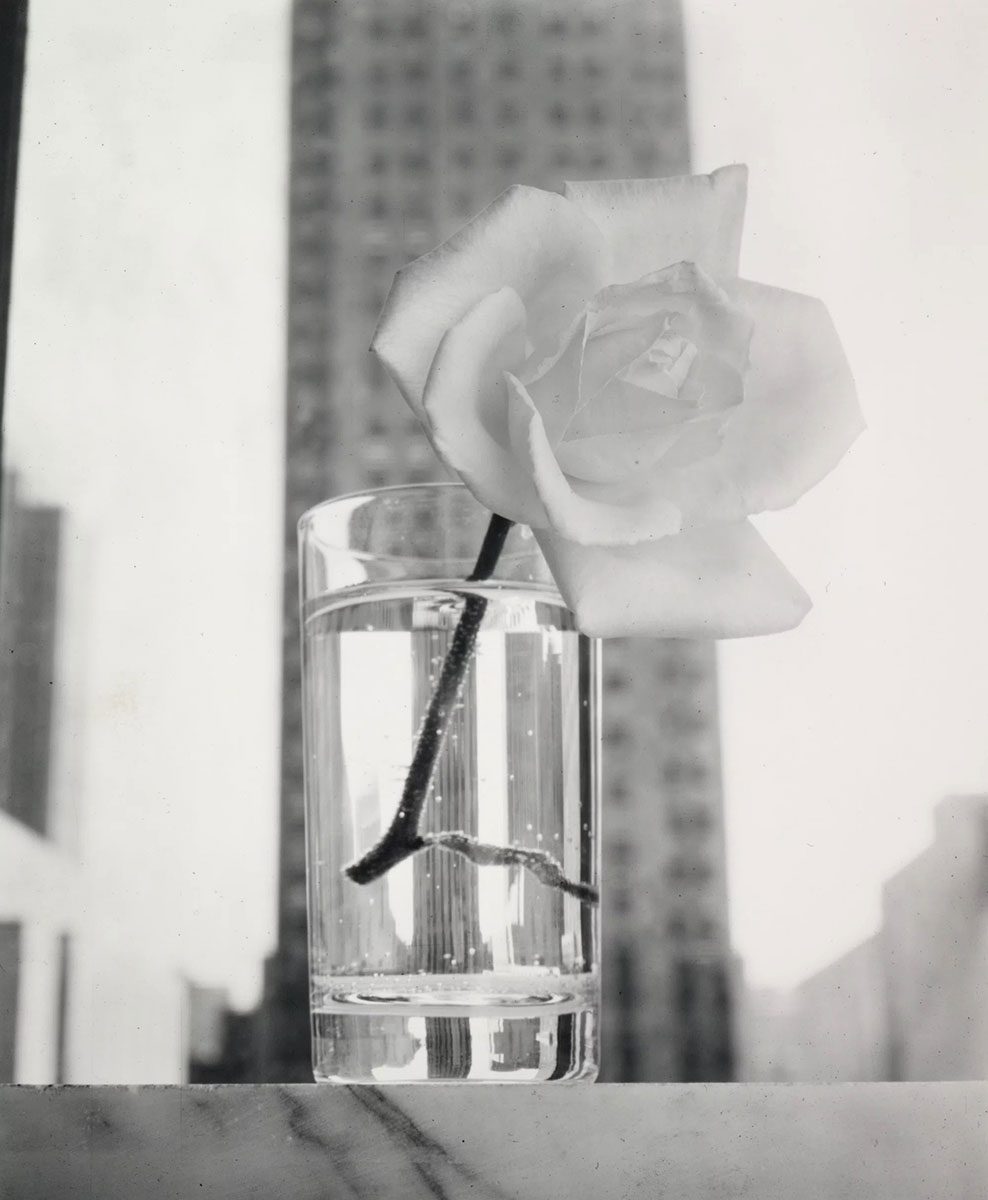
The exhibition “Burning Off the Page” brings together 40 works created by Irving Penn between the late 1930s and early 2000s. Photographing for Vogue for nearly 70 years, Penn left an indelible mark on the history of the medium. His inventive fashion photographs, which transformed American image-making in the postwar era, continued to appear in the magazine up until his death in 2009. The artist was also highly accomplished and experimental in the darkroom, having engineered, among other innovations, a complex technique for making platinum-palladium prints. The exhibition centers on the formal strategies and experimentations that shaped Penn’s distinctive style, which he termed “photographism.” Penn, who was trained as a painter before becoming a photographer, found inspiration in the fine arts and often began his photographic process by drawing. As traced in Pace’s 2021 exhibition Irving Penn: Photographism in New York, Penn’s creative process entailed the translation of drawing, painting, and sculpture, among other art forms, into photography—a hybridization that blurred the line between high art, graphic design, fashion, and photography. This exhibition of Penn’s work continues this exploration of his photographism by focusing on how the printed page’s mediation of photography impacted the artist’s compositional choices, yielding an arresting simplicity that belies Penn’s complex interpenetration of media. Pace’s exhibition takes its title from a quote by the artist, who believed that a powerful image should “burn off the page,” a notion revealing Penn’s intention to create photographs that could exist as timeless and autonomous works of art well beyond the magazine pages shaping their immediate reception. The exhibition also aims to highlight the often-overlooked physicality of Penn’s oeuvre and his virtuosic handwork in the creation of photographic prints. “Burning Off the Page” foregrounds Penn’s fine-tuning and reinvention of certain visual devices over time. Works in the show are grouped into five categories: “Focus and Dissolve”, “Balance”, “(De)colorize”, “Materialize” and “Estrange”, reflecting Penn’s creative agency in his experimentations with composition and form throughout his seven-decade career. In the “Focus and Dissolve” section, works such as “Isamu Noguchi” (1983), “Georgia O’Keeffe” (1949), and “Girl Behind Glass (Jean Patchett)” (1949) demonstrate how Penn skillfully directed the gaze through lighting, internal frames, and his iconic corner backdrop but also different blurring and fragmenting techniques. “Balance” focuses on the artist’s ability to forge harmonious yet tense compositions, featuring works including “After Dinner Games” (1947), a dynamic still life of cards, dice, poker chips, a cordial, and a cup of coffee. “(De)colorize” explores Penn’s penchant for restricted color palettes, evident in photographs like “Lisa Cant in Dior Haute Couture by John Galliano” (2005) and “Bedside Lamp” (2006), which reveal the power of a single hue and the iridescence that can emanate from seemingly monochromatic objects. “Materialize” underscores Penn’s interest in conveying a sense of materiality and tangibility in his images, with “Three Steel Blocks” (1980), a photograph of three robust blocks of varied sizes and hefts, among the pieces included. Finally, “Estrange” examines the ways that Penn defamiliarized the everyday through juxtapositions, unusual poses, and plays of scale. “Girl with Fruit, Shoe and Butterflies” (1946), a surreal tableau featuring a figure, a bisected fruit, and a few articles of clothing, all adorned with winged creatures—is among the works in the “Estrange” section of the exhibition. The exhibition also features a selection of archival materials (drawings, props, and contact sheets) that shed light on Penn’s process in the studio. Additionally, several archival issues of Vogue will be on view, illustrating the transformation of Penn’s images on the page and their simultaneous ability to function as standalone works of art.
Photo: Irving Penn, Iceland Poppy/Papaver nudicaule (D), New York, 2006, pigment print mounted to board, 17-3/8″ × 22″ (44.1 cm × 55.9 cm), image 20″ × 24″ (50.8 cm × 61 cm), paper and mount, © The Irving Penn Foundation, Courtesy The Irving Penn Foundation and Pace Gallery
Info: Curator: Michaëla de Lacaze Mohrmann, Pace Gallery, 1201 S La Brea Avenue, Los Angeles, CA, USA, Duration: 30/7-3/9/2022, Days & Hours: Tue-Sat 10:00-18:00, www.pacegallery.com/
